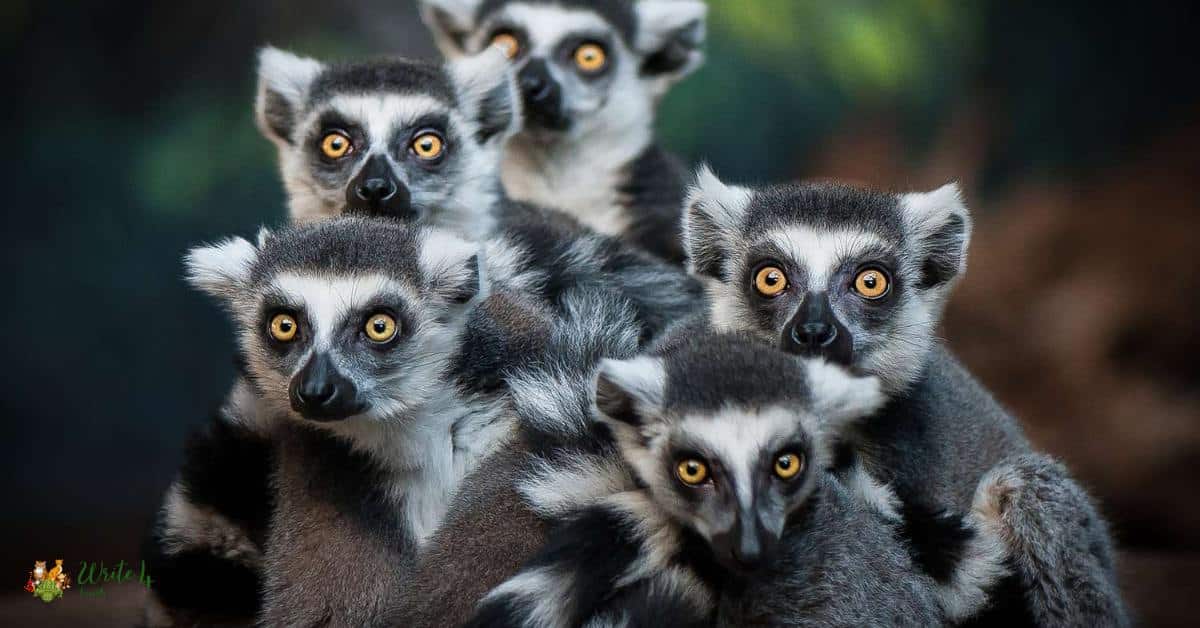Crickets, those ubiquitous chirping insects that serenade us on warm summer nights, play a surprising role in the intricate web of the animal kingdom. While we may associate them primarily with their melodic nighttime tunes, crickets also serve as a delectable and nutritious source of food for a variety of creatures across different ecosystems.
Join us on a journey where we will explore 10 animals that eat crickets, showcasing the interconnectedness of nature and the ingenuity of evolutionary adaptations.
10 Animals That Eat Crickets | What animals eat crickets
1. Spiders
Spiders, the architectural marvels of the insect world, have evolved into consummate hunters, with crickets as a favored prey. These arachnids craft intricate webs, silken masterpieces that serve as both trap and feast.
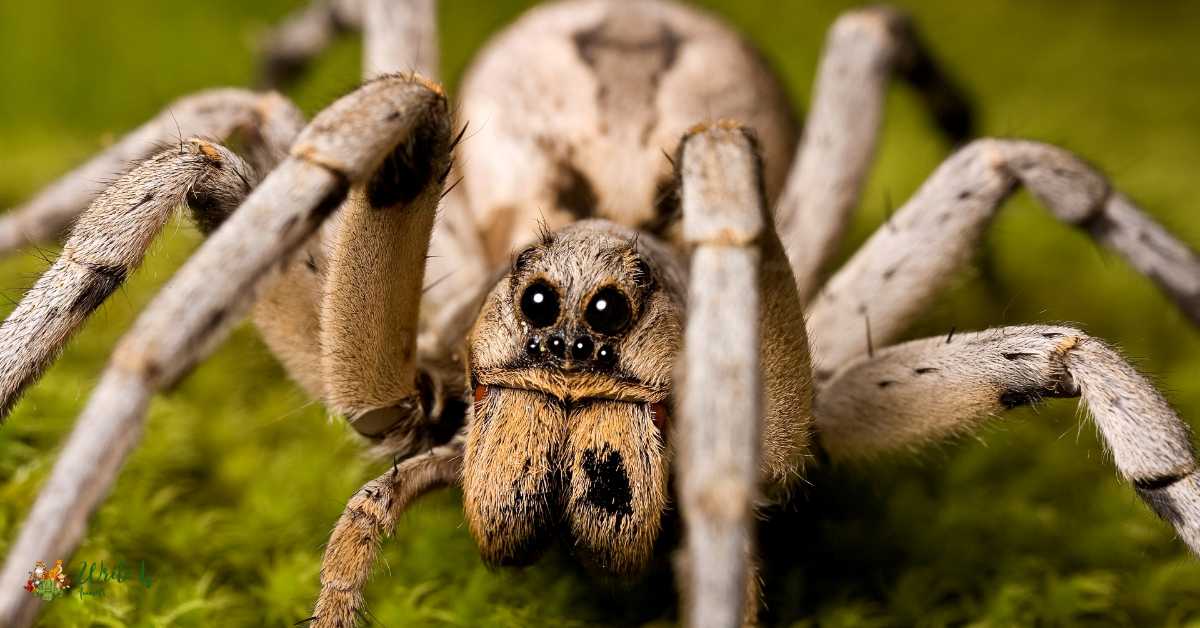
When an unsuspecting cricket wanders into the sticky strands, it triggers a rapid response from the spider. Venomous bites inject paralyzing toxins into the cricket, followed by the meticulous wrapping of the prey in silk.
The spider’s meal is thus secured, a protein-rich package suspended in the artistry of silk. This method of predation not only sustains the spider but also highlights the delicate balance in nature, where even the smallest arthropods play vital roles in the intricate tapestry of the ecosystem.
2. Frogs
Amphibians, particularly frogs, are dynamic predators with a penchant for crickets. These agile hunters employ lightning-quick strikes to capture their prey, showcasing remarkable precision in their hunting techniques.
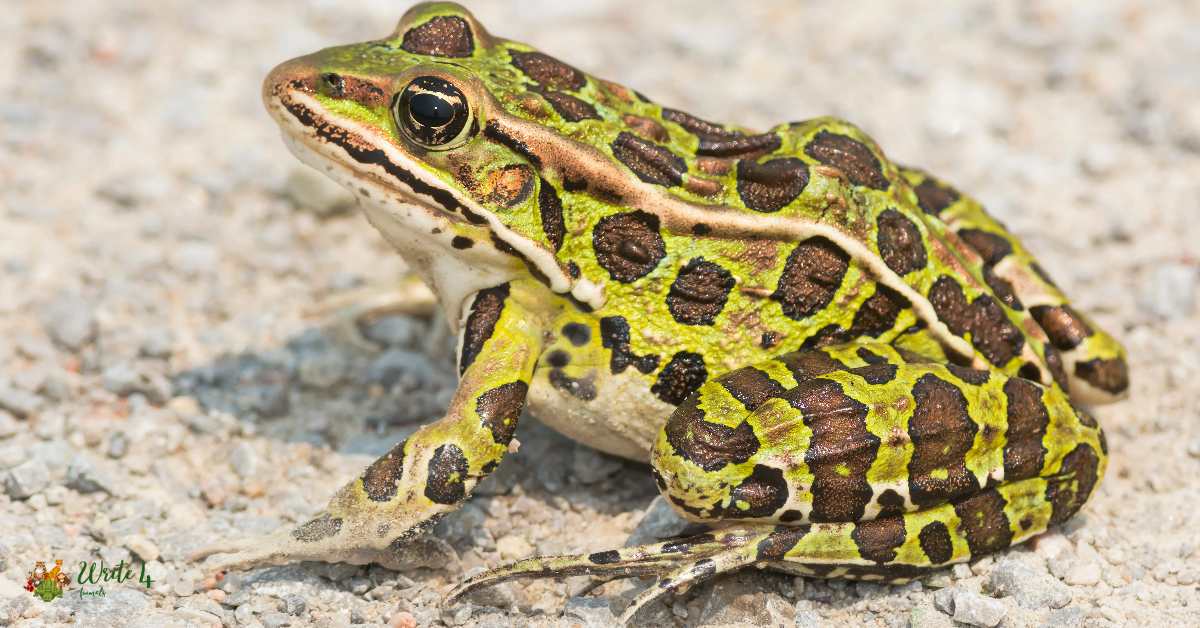
Crickets, being abundant and rich in nutrients, form a significant portion of the amphibian diet. Whether dwelling in trees or navigating aquatic environments, frogs exhibit adaptability in their pursuit of crickets.
Their voracious appetites contribute to the regulation of insect populations, demonstrating the integral role of these amphibious cricket connoisseurs in maintaining ecological harmony.
3. Lizards
Lizards, with their keen senses and agile movements, are accomplished hunters of crickets. Among them, leopard geckos stand out with their distinctive spotted appearance and nocturnal habits.
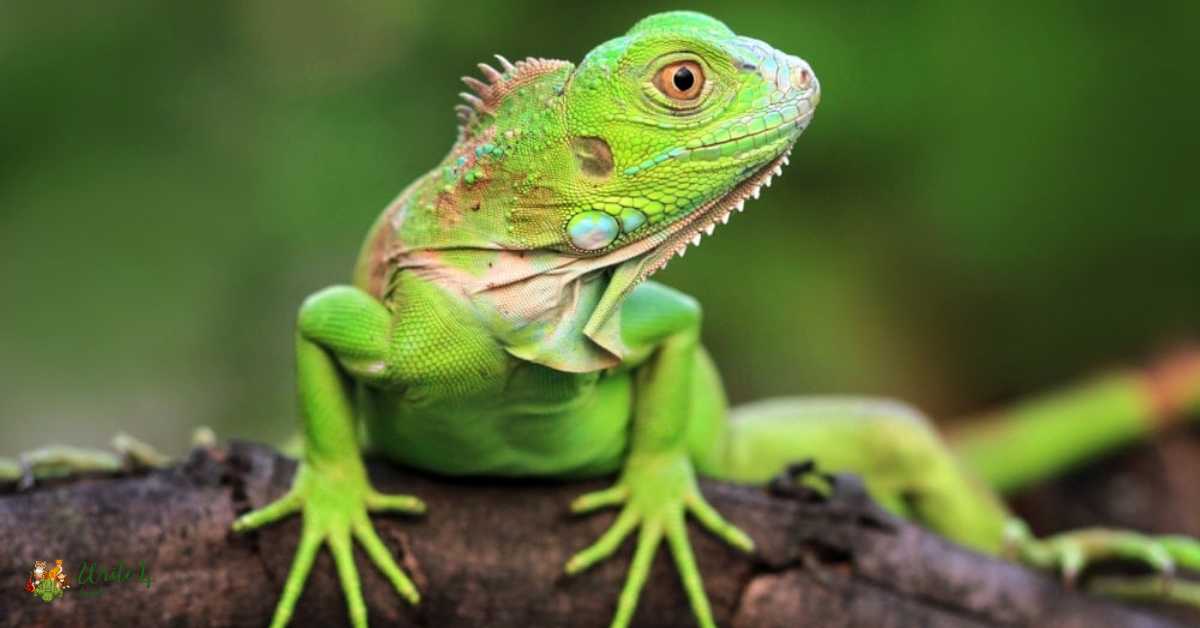
These reptiles utilize their exceptional vision to locate and capture crickets with precision. Leopard geckos, in particular, have adapted to their environment, displaying a keen appetite for crickets as a primary source of sustenance.
The hunting spectacle unfolds with swift movements and calculated strikes, underscoring the lizard’s role as a skilled predator. Crickets, abundant in the wild, contribute significantly to the lizard’s well-balanced diet, highlighting the fascinating interplay between predator and prey in the intricate ecosystems they inhabit.
4. Tortoises
Tortoises, often associated with herbivorous diets, surprise observers with their occasional indulgence in crickets. Despite their slow and steady movements, these reptiles showcase an unexpected talent for capturing and consuming crickets, supplementing their primarily plant-based diet.
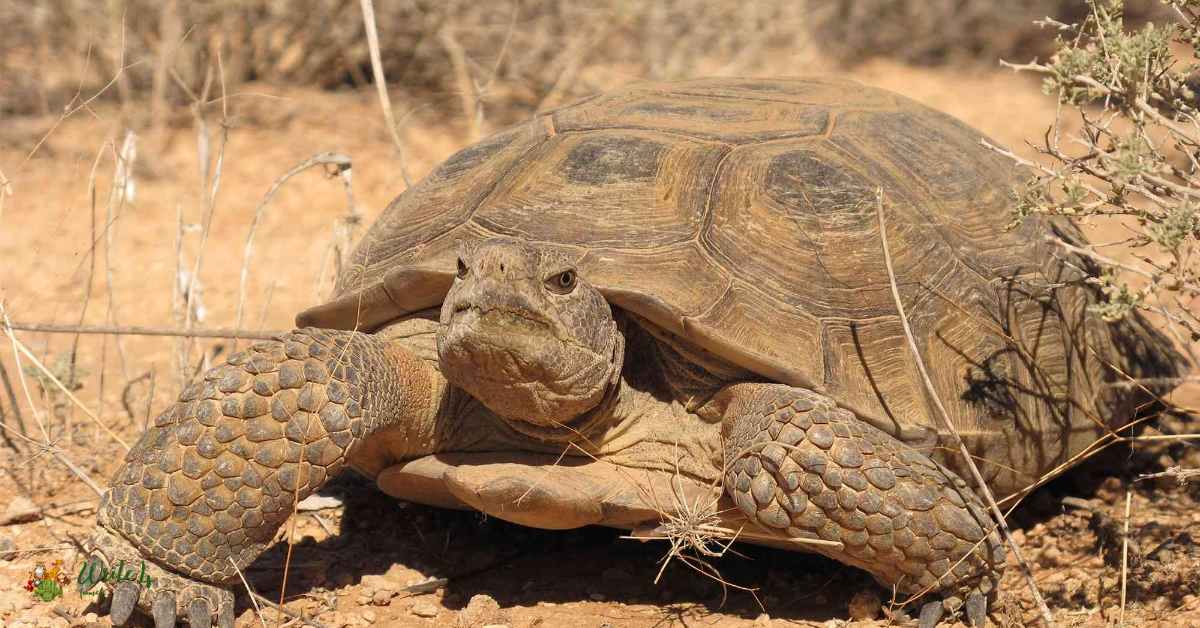
Tortoises, with their sturdy shells and patient demeanor, reveal a hidden aspect of their omnivorous tendencies. The deliberate pursuit and consumption of crickets contribute essential proteins to their nutritional intake, emphasizing the adaptability of these seemingly unhurried creatures.
In the intricate dance of the natural world, tortoises emerge as slow but determined cricket connoisseurs, underscoring the diverse and surprising dietary habits found in the animal kingdom.
5. Birds
Feathered creatures, known for their grace and agility, showcase their hunting prowess by including crickets in their diverse menu. Birds such as robins, sparrows, and swallows demonstrate impressive aerial acrobatics as they snatch crickets mid-flight or forage for them on the ground.

These avian gourmands recognize the high nutritional value of crickets, rich in proteins and essential nutrients. The culinary adventures of birds intertwine with the intricate ecosystem, where the airborne hunters play a crucial role in maintaining the balance of insect populations.
As feathered gourmet chefs, they add a touch of elegance to their diet, relying on crickets as a flavorful and nutritious component.
6. Bats
As dusk descends, bats emerge as nocturnal hunters, venturing into the night sky in pursuit of a cricket buffet. Equipped with echolocation, these flying mammals skillfully detect and capture crickets in mid-air. Bats play a vital role in regulating insect populations, and crickets become a delectable part of their nocturnal feast.
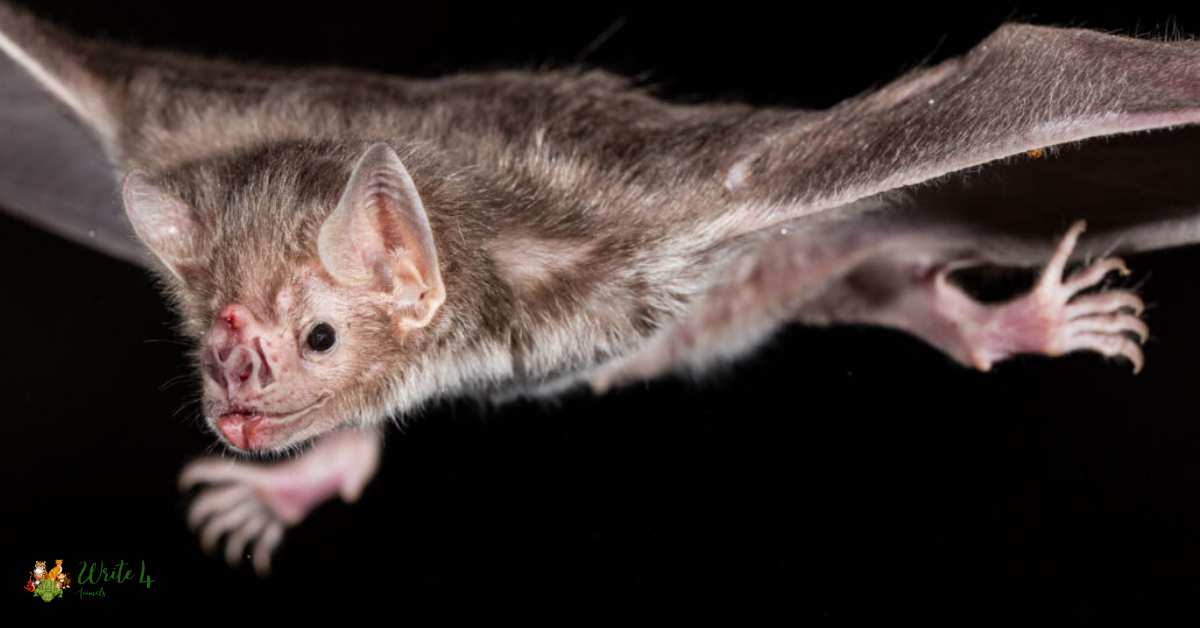
Their agile flight and sophisticated hunting techniques showcase the evolutionary marvel of these nocturnal creatures. The nightly forays into the cricket buffet underscore the significance of bats in maintaining ecological equilibrium, demonstrating how these winged hunters contribute to the intricate choreography of the natural world.
7. Reptiles
Expanding beyond lizards, reptiles such as turtles and snakes emerge as cold-blooded predators with a distinct craving for crickets. Snakes, with their stealth and patience, strike with lethal precision, while turtles showcase surprising agility in capturing crickets in aquatic habitats.
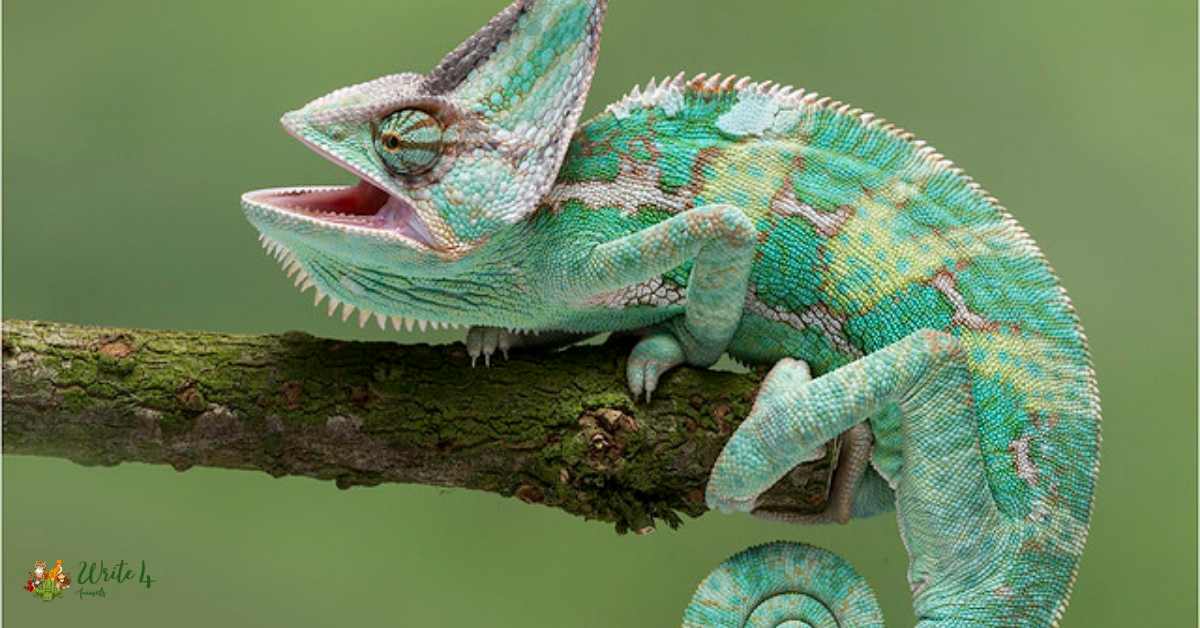
The dietary versatility of reptiles underscores their adaptability to various environments, with crickets serving as a valuable protein source. As cold-blooded predators, reptiles contribute to the intricate tapestry of ecosystems, illustrating the delicate balance between predator and prey in the diverse landscapes they inhabit.
The reptilian fascination with crickets unveils the fascinating dynamics of the natural world, where survival hinges on adaptability and resourcefulness.
8. Shrews
Shrews, diminutive in size but titans in their voracious appetites, join the league of cricket consumers. These small mammals utilize their sharp senses to locate and capture crickets, showcasing agility and determination in their pursuit.
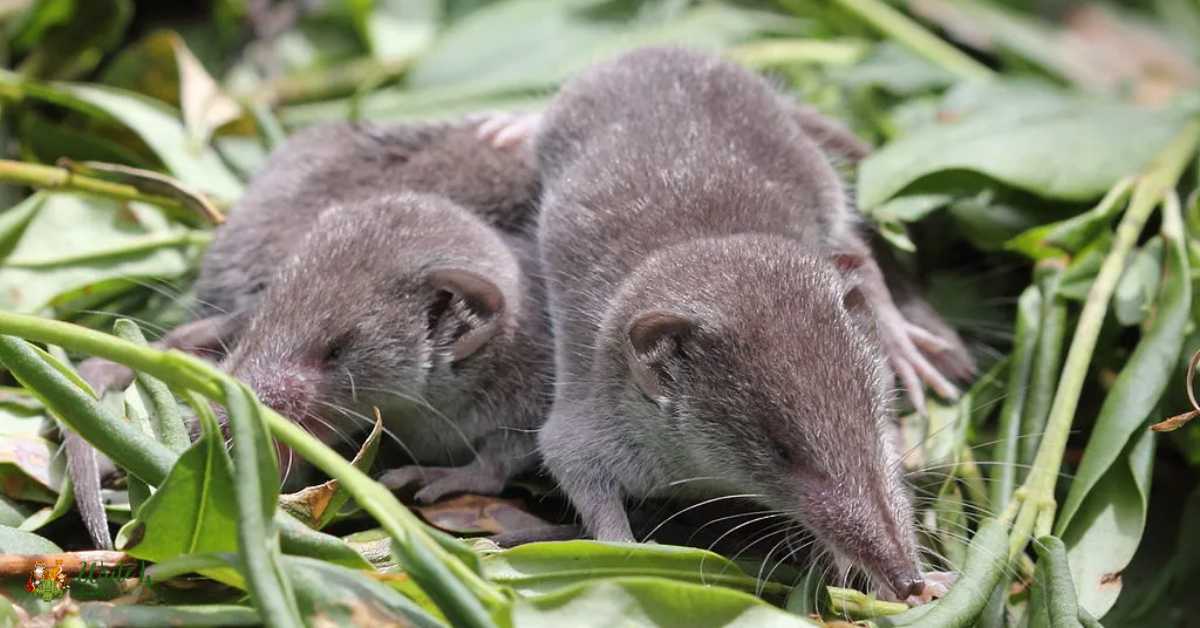
Despite their tiny stature, shrews play a vital role in controlling insect populations, including the cricket buffet. The energetic foraging of shrews emphasizes their importance in maintaining ecological balance, highlighting the nuanced relationships between these tiny titans and their cricket prey.
In the intricate choreography of the natural world, shrews emerge as dynamic contributors, underscoring the significance of even the smallest players in the intricate web of life.
9. Rodents
Rodents, encompassing a wide range from mice to shrews, demonstrate a varied diet that often includes crickets. These small mammals, armed with keen senses and agility, track down and consume crickets in the wild.
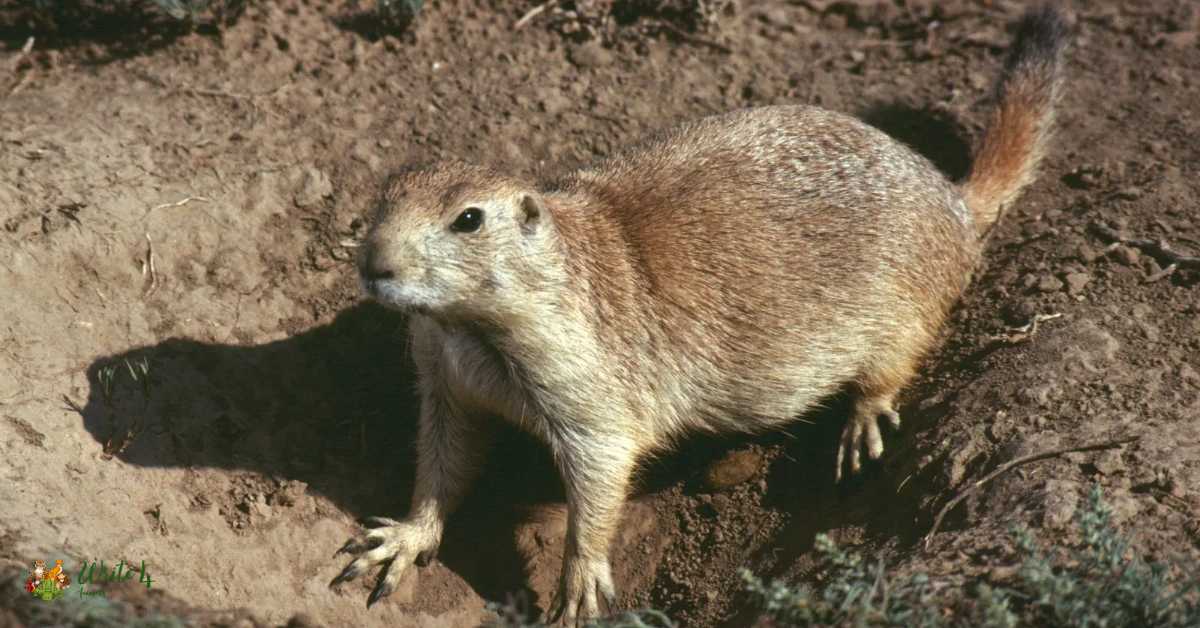
In captivity, pet rodents are provided with cricket snacks to ensure a balanced diet. Their eclectic approach to nutrition reflects the adaptability of rodents in diverse habitats. The inclusion of crickets in their diet contributes to their overall well-being, emphasizing the significance of these small mammals in the intricate ecosystems they inhabit.
Whether scurrying through fields or nestled in domesticated habitats, rodents showcase a big appetite for crickets, reaffirming their role in the intricate tapestry of the animal kingdom.
10. Primates
While the majority of primates are herbivores, certain species, including monkeys and lemurs, display a level of intelligence that allows them to supplement their diet with insects, including crickets.
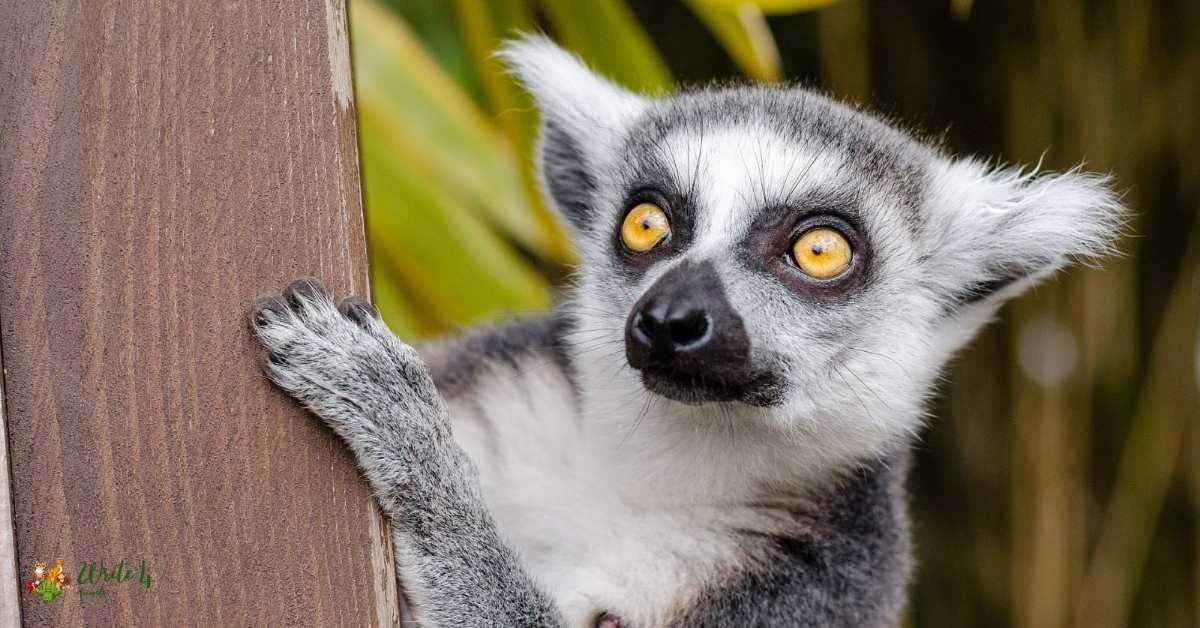
These intelligent creatures showcase adaptability by incorporating a variety of food sources into their omnivorous diets. The inclusion of crickets provides additional proteins and nutrients, contributing to their overall health.
Primates, with their intricate social structures and cognitive abilities, exemplify the diverse strategies employed by animals to secure their nutritional needs.
In the nuanced world of primate dietary habits, crickets emerge as a valuable and occasionally indulgent dietary choice, reflecting the adaptability and resourcefulness inherent in these intelligent creatures.
Frequently Asked Questions
Why do animals eat crickets?
Animals consume crickets for their rich nutritional content. Crickets are high in protein, essential amino acids, vitamins, and minerals, making them a valuable and energy-dense food source for a variety of species. Additionally, the abundance of crickets in many ecosystems makes them an easily accessible prey item.
Which animals are known to eat crickets?
A diverse range of animals includes crickets in their diet. This list spans from spiders, frogs, lizards, birds, and bats to ants, reptiles like turtles and snakes, shrews, rodents, primates, and even humans in some cultures.
How do spiders catch and eat crickets?
Spiders use silk to create intricate webs that serve as traps. When a cricket gets entangled in the web, the spider quickly immobilizes it with venomous bites. The spider then wraps the cricket in silk before consuming it.
Do birds eat crickets?
Yes, many bird species include crickets in their diet. Birds such as robins, sparrows, swallows, and others may catch crickets mid-air or forage for them on the ground.
What role do crickets play in ecosystems?
Crickets play a crucial role in ecosystems as both prey and decomposers. They contribute to nutrient cycling by breaking down organic matter, and their abundance supports the diets of various predators, helping to maintain a balanced ecosystem.
Are crickets a primary food source for any specific animals?
Yes, for some animals, crickets are a primary or significant food source. Examples include leopard geckos, which are known to have crickets as a staple in their diet, and certain frogs and shrews that heavily rely on crickets for nutrition.
Do tortoises eat crickets?
While tortoises are primarily herbivores, some species have been observed consuming insects, including crickets, as a supplement to their diet. This behavior is more commonly seen in captive tortoises.
Recommended
1. Mini Bernese Mountain Dog 2023
2. Top 10 Ugly monkeys in the world | ugly monkeys pictures
